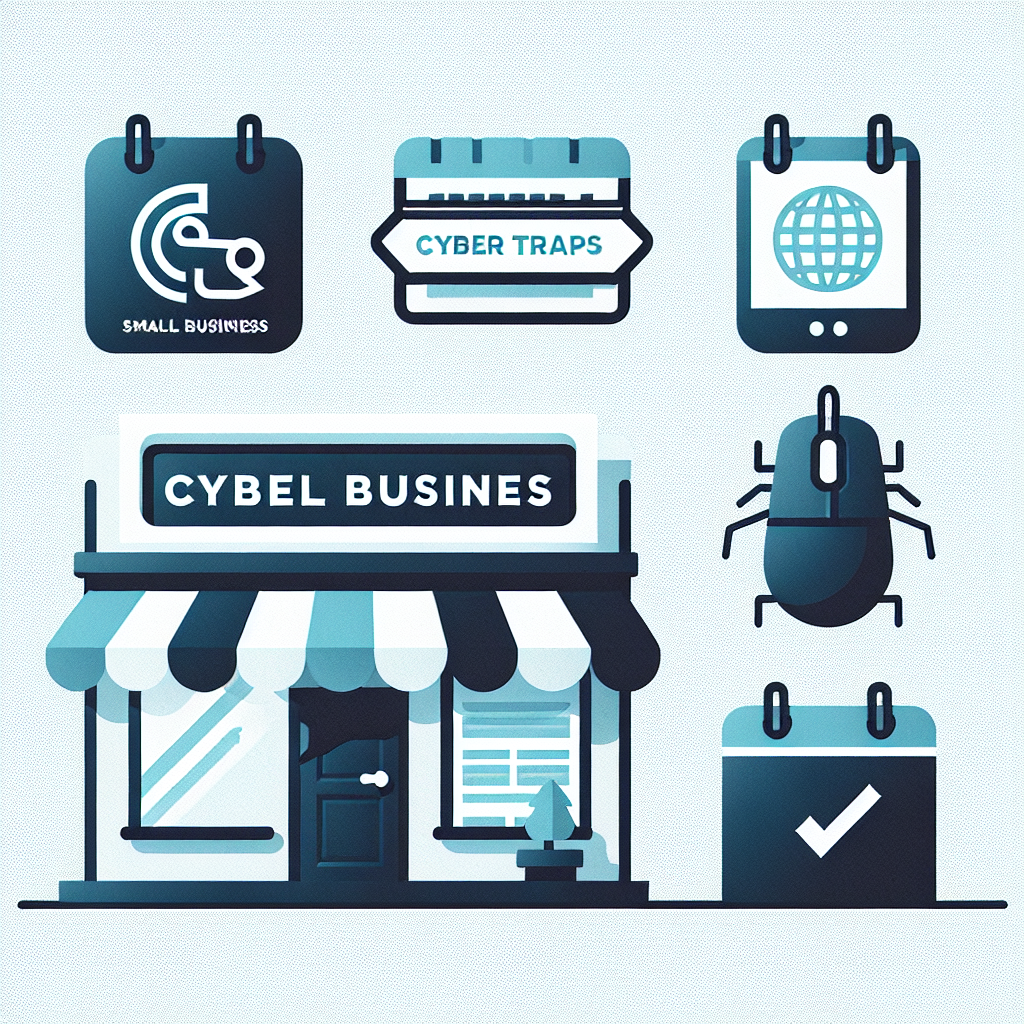
Black Friday brings higher traffic, faster buying decisions, and a bigger target for attackers. Small teams and limited security controls make many small businesses especially exposed during this period.

Phishing, fake promotions, credential stuffing, and malware deliveries increase sharply during shopping events. Attackers send convincing emails that mimic vendors or delivery notices, set up lookalike sites, and push malicious ads. These tactics target both customers and internal staff who process orders or refunds. Because businesses process more payments and share more data with partners, exposure grows. Monitoring traffic patterns and employee reports can reveal early signs of these attacks.
Small businesses are attractive because they often have fewer security controls and less training. Attackers expect slower detection and simpler defenses, which makes breaches easier and more profitable. Suppliers, vendors, and MSP connections also create indirect paths into systems. A single compromised account can cascade into broader access if credentials are reused. Investing in basic protections reduces this risk quickly.
Phishing typically arrives as urgent messages about orders, invoices, or special coupons designed to trigger quick clicks. Links may lead to pages that collect credentials or install malware. Email headers and sender addresses are often spoofed to look legitimate. Short training sessions and simulated phishing exercises dramatically lower click rates. Enforce link preview checks and report processes to stop attacks early.
Start with a short security checklist: apply pending patches, review access rights, enable MFA, and back up critical data. Verify payment integrations and test monitoring and logging so you can spot anomalies. Communicate clear phishing-reporting steps to staff and set a single point of contact for security issues. Consider a short hiring of expert support or a managed service to cover extended hours. These actions materially reduce incident frequency and recovery time.
Use trusted, PCI-compliant payment gateways and avoid storing card data unless absolutely necessary. Ensure end-to-end encryption between user devices and your payment processor. Monitor for unusual transaction patterns and set velocity limits on payment attempts. Segregate the systems that handle payments from general office networks. Regularly review processor logs for unexpected IPs or high-failure rates.
MSPs provide monitoring, managed detection, and quick incident response that many small teams cannot staff full time. They add expertise across endpoints, cloud services, and identity systems to detect and contain threats. MSPs also run training, implement MFA, and manage backups and updates. Partnering with a trusted provider gives small businesses 24/7 coverage and proven playbooks for common holiday incidents. Palisade offers tools and guidance MSPs can use to protect clients during peak seasons.
MFA, regular patching, endpoint protection, and centralized logging deliver the highest return in short order. MFA blocks most automated credential attacks. Patching removes common exploit paths that attackers probe during spikes in activity. Endpoint protection catches suspicious processes and blocks known malware. Centralized logs speed investigation and reduce time to detection.
Focus training on recognition and response: spotting suspicious emails, avoiding unsafe downloads, and using company reporting channels. Keep sessions short and practical—5–10 minute refreshers before busy periods work well. Run a simulated phishing campaign to measure improvements and tailor follow-ups. Empower staff to escalate quickly and reward vigilant behavior. Clear, practiced playbooks reduce panic during real incidents.
Containment, preservation of evidence, and communication are the first priorities. Isolate affected systems, preserve logs, and notify your MSP or security contact immediately. Assess the scope—customer data, payments, or internal records—and inform legal or compliance teams if required. Restore from vetted backups after ensuring the threat is removed. Document actions and update defenses to prevent repeat attacks.
Yes—targeted investments like MFA, secure backups, endpoint protection, and a managed detection service are cost-effective. These controls address the most common and damaging attacks seen during shopping events. Start with controls that block credential theft and ransomware, then expand visibility with logging and monitoring. Use a phased approach to match budget and risk. Palisade’s resources can help MSPs and small businesses prioritize the right tools.
Vendors with weaker security can provide attackers a way in, as supply-chain breaches demonstrate. Review vendor contracts, insist on minimum security standards, and limit vendor access to only necessary systems. Require unique credentials and MFA for vendor accounts. Monitor third-party connections and quickly revoke access when contracts end. Regular audits and clear onboarding/offboarding processes reduce exposure.
Enable MFA on all accounts, enforce unique passwords or a password manager, keep systems up to date, and schedule simple daily backups. Train staff briefly on phishing and set an easy reporting method. Use free or low-cost monitoring tools to get visibility into failed logins and unusual traffic. Segment networks to keep payments isolated. These steps dramatically lower the likelihood and impact of an attack.
A: Begin at least two weeks before peak sales—patch systems, enable MFA, and brief staff immediately.
A: Payment processors handle transaction security but don’t cover internal credential theft or account compromise—maintain your own controls and monitoring.
A: Free tools can help with basics like backups and MFA, but professional monitoring and timely patch management usually require paid services or an MSP.
A: Sudden spikes in outgoing traffic, many failed login attempts, unexpected account password changes, or strange transaction patterns are strong early signals.
A: Contact your MSP or a designated security responder immediately and follow your incident playbook—if you don’t have one, start containment and preserve logs.
Need help prioritizing controls or finding an MSP? Learn more about Palisade’s approach to protecting small businesses at Palisade.